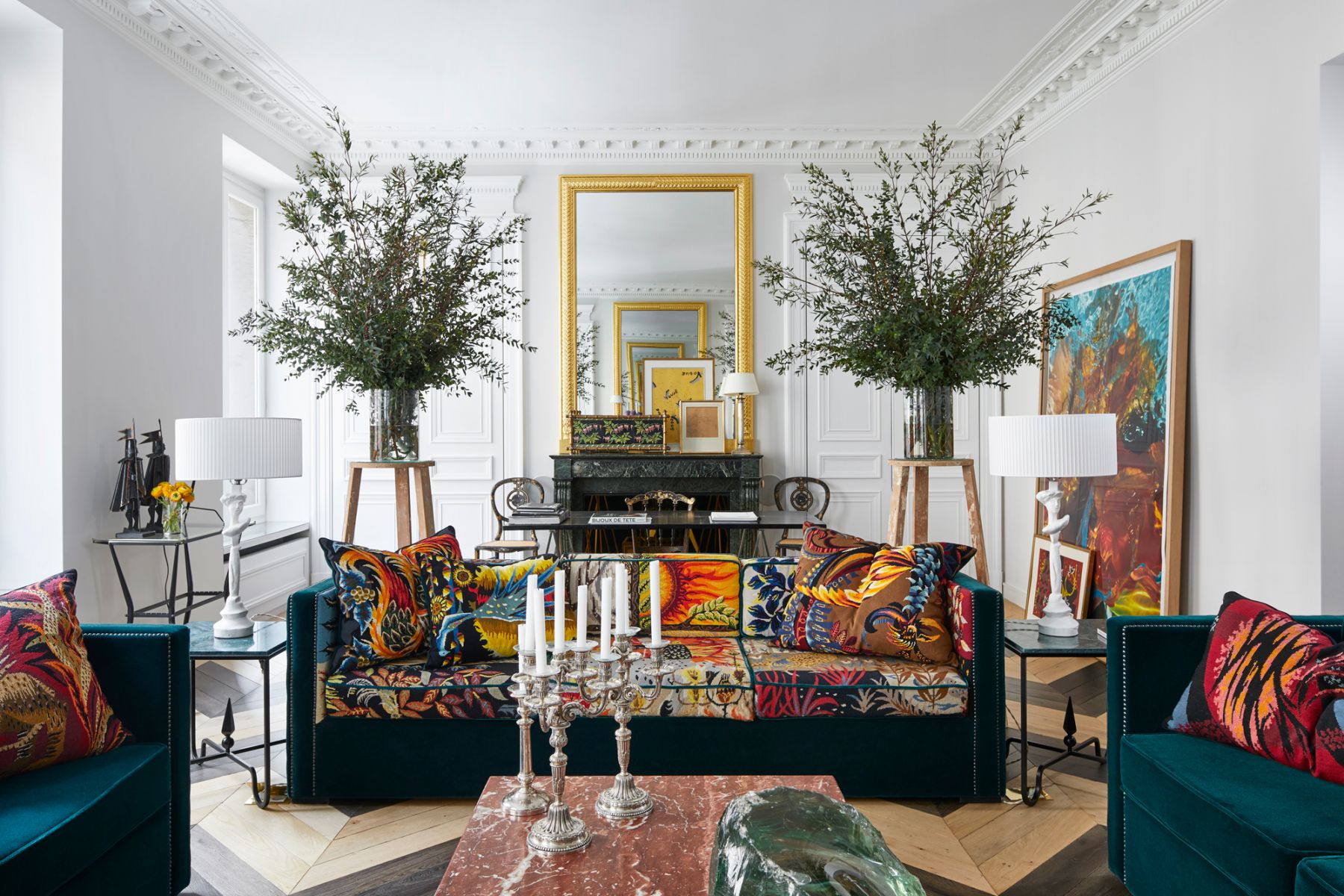“We have a lot of fun dramatising the idea of luxury so that it becomes less austere, more fun and accessible,” says the co-founders of Humbert & Poyet. They share with us their idea of understated luxury while discussing their creative influences
When interior designer Christophe Poyet and architect Emil Humbert first met in 2007, the working chemistry between the duo was immediately apparent. A year later, their interior architecture studio Humbert & Poyet was borne.
“We decided to work together because we share the same visions in arts and craftsmanship, both of which hold a very important place in our projects,” the design duo explains. “We don't work alone, we do our projects together, it’s a collaboration and its been that way since the beginning. We work together, forgetting individual ego.”
Don't miss: Mood Board: How Design History Shapes the Work of French Studio Le Berre Vevaud

They attribute their creative harmony to their passion and individual skillsets that they bring to the table; Poyet studied at the prestigious Académie Charpentier in Paris while Humbert is a graduate of the renowned Ecole Nationale d'Architecture Paris-Belleville. “(The partnership) is a real association that encourages debate; it fosters and nurtures a project’s conception and development,” says Poyet.
In case you missed it: Mood Board: How Frank Leung of Via Designs for Happiness












